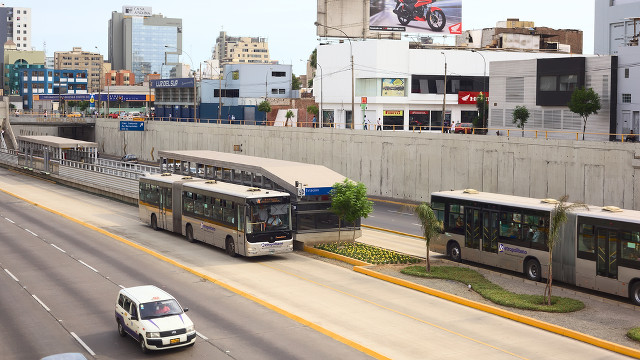SUMMARY
This is AI generated summarization, which may have errors. For context, always refer to the full article.

MANILA, Philippines – Lawyer and environmentalist Gloria Estenzo Ramos said it would be “unacceptable” to simply plant new trees to replace the 2,024 trees to be cut in Cebu City to make way for the planned bus rapid transit system.
Government agencies in charge of the project should first “give a valuation of the ecosystem services such as filtering pollution, water services, absorption of carbon dioxide, among others, to prove that the expected benefits will outweigh the impacts arising from the removal of these trees,” she told Rappler on Tuesday, September 2.
Based on the Department of Transportation and Communication’s (DOTC) Environmental Impact Assessment of the project, 2,024 trees will be affected in the first phase of implementation of the P10.62-billion (US$244.78 million*) project, reported Cebu Daily News.
Most of these trees are narra trees along Osmeña Boulevard, a major avenue in the city. The first phase involves the clearing of trees occupying both sides of the road and center islands from Bulacao to Ayala.
The usual protocol set by the Department of Environment and Natural Resources (DENR) for the cutting of trees for public works is to require the responsbile government agency to plant new trees elsewhere.
As an alternative to cutting down the trees, government agencies like the Cebu City Parks and Playgrounds Commission had suggested earth-balling the trees and replanting them elsewhere.
But even Environment Secretary Ramon Paje has said that earth-balling – the careful carving out of an “earth ball” below the tree to move the tree with its root system intact – does not assure the survival of the trees.
Cebu, the country’s second biggest metropolis, cannot afford to have more of its trees cut, said Ramos.
“Cebu is flood and landslide vulnerable and the province is the 8th most vulnerable in the country to landslides with less than 1% forest cover….Integrated ecosystem management is and should be the guiding framework for policies and project of the government,” she said.
She also questioned the need to cut trees when the BRT can just use existing dedicated lanes. (READ: Green groups to DPWH: Good road design includes trees)
More permits required
But concerned citizens need not panic over the planned tree-cutting, said the Department of Environment and Natural Resources (DENR).
According to Cory Estavillo, the DENR Region 7 environmental management specialist assigned to the BRT project, there are many more permits and processes involved before the tree-cutting can be green-lighted.
“The DENR central office still has to clear the tree-cutting. Even if the Environmental Compliance Certificate is signed, it won’t be released until these permits are secured,” she told Rappler in a mix of English and Filipino.
The DENR chief confirmed this to Rappler. Paje added that any plans involving tree-cutting need to be endorsed as well by the DOTC and DPWH secretaries.
This is in line with a new Memorandum Circular issued by Paje that requires secretaries of these agencies to vet design plans that require the cutting of trees. The vetting would ensure that the tree-cutting would only be done if there was no alternative, said Paje.
But Ramos said this is not enough. She said there should be “wide public dialogue” with input from qualified urban specialists, environmentalists, commuters and other stakeholders.
She maintained, however, that though she questions the tree-cutting, she is supportive of the BRT project because of its potential to reduce air pollution and provide efficient transport for the masses.
The Cebu BRT System is one of the current administration’s priority projects, as mentioned by President Benigno Aquino III in his 5th State of the Nation Address.
To be completed by 2018, the 23-kilometer system will have 33 stations and 176 buses. – Rappler.com
*$1= P43.39
Bus rapid transit image via Shutterstock
Add a comment
How does this make you feel?
There are no comments yet. Add your comment to start the conversation.